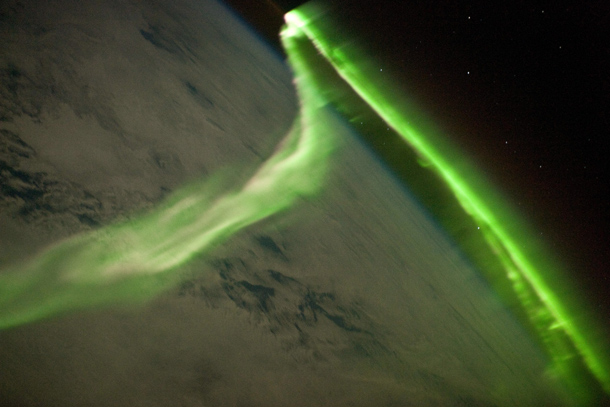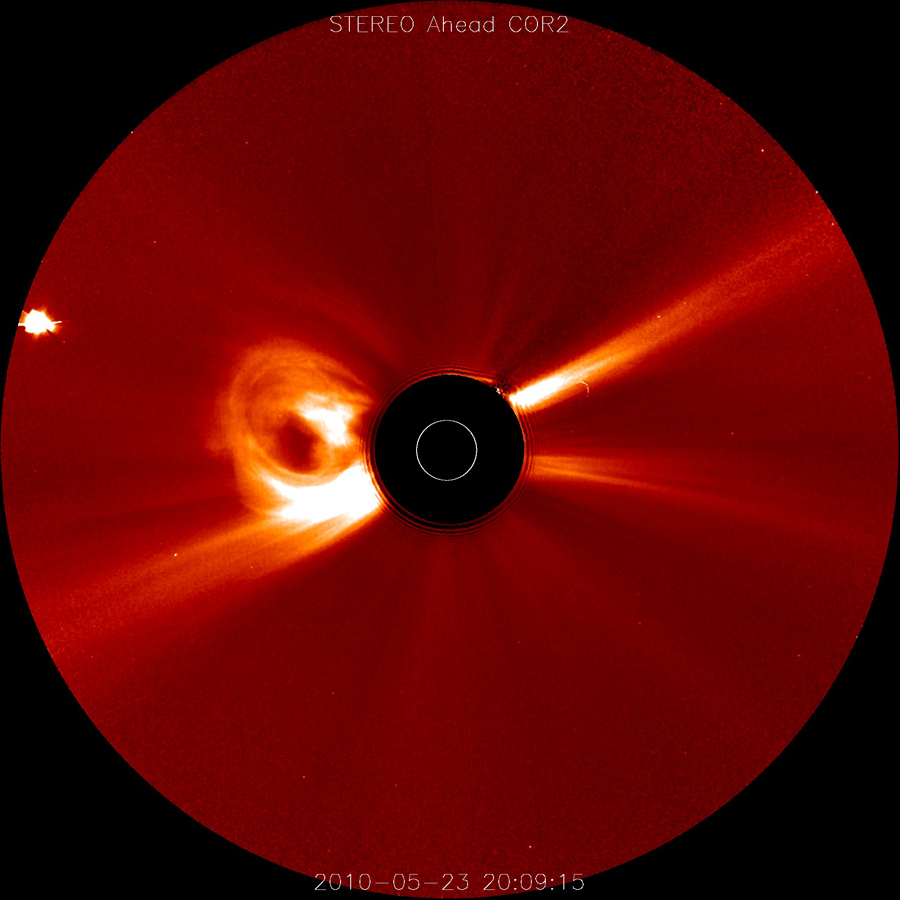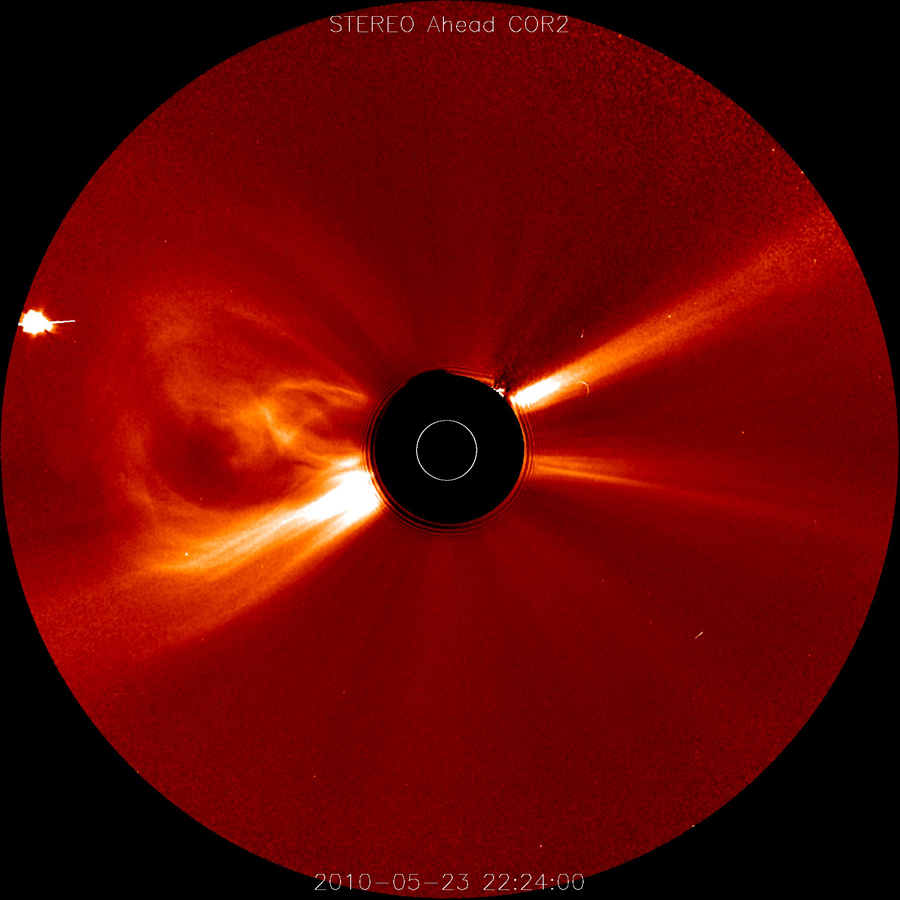Look Closer – It’s What’s Inside That Counts
Howdy
Being fond of the beach there have been many trips to the coastline over the years. Most times in search of waves to surf, but other times to just enjoy time there with the family, or perhaps to have some “alone time” to contemplate life.
One time I was on a wharf in the Bay of Islands and I remember looking down into the water watching some small fish swimming around the wharf piles. Often water looks spectacular with the sun hitting it, but even here in the shade beneath the wharf it had a stunning turquoise colour.
Then I noticed something that up until then had been very nicely camouflaged. There was a starfish and a crab sharing the waterline of one of the wharf piles. I thought to myself . . .
‘What are they doing?’
‘May be the crab was trying to figure out a way of eating the starfish?’
‘Could they be involved in some type of symbiotic friendship?’
‘Perhaps one was cleaning the other?’
‘Why were they just below the waterline?
‘Was that because it was warmer there?’
‘Or was the crab completely unaware that he was sitting on a starfish?’
‘If so, imagine what the starfish was thinking???’
Okay, so you might be thinking “Who cares!” But, for me, while I was thinking about these things, I wasn’t worrying about the stresses of life. Often we forget that our minds need this “time out” so that we are better able to cope with life.
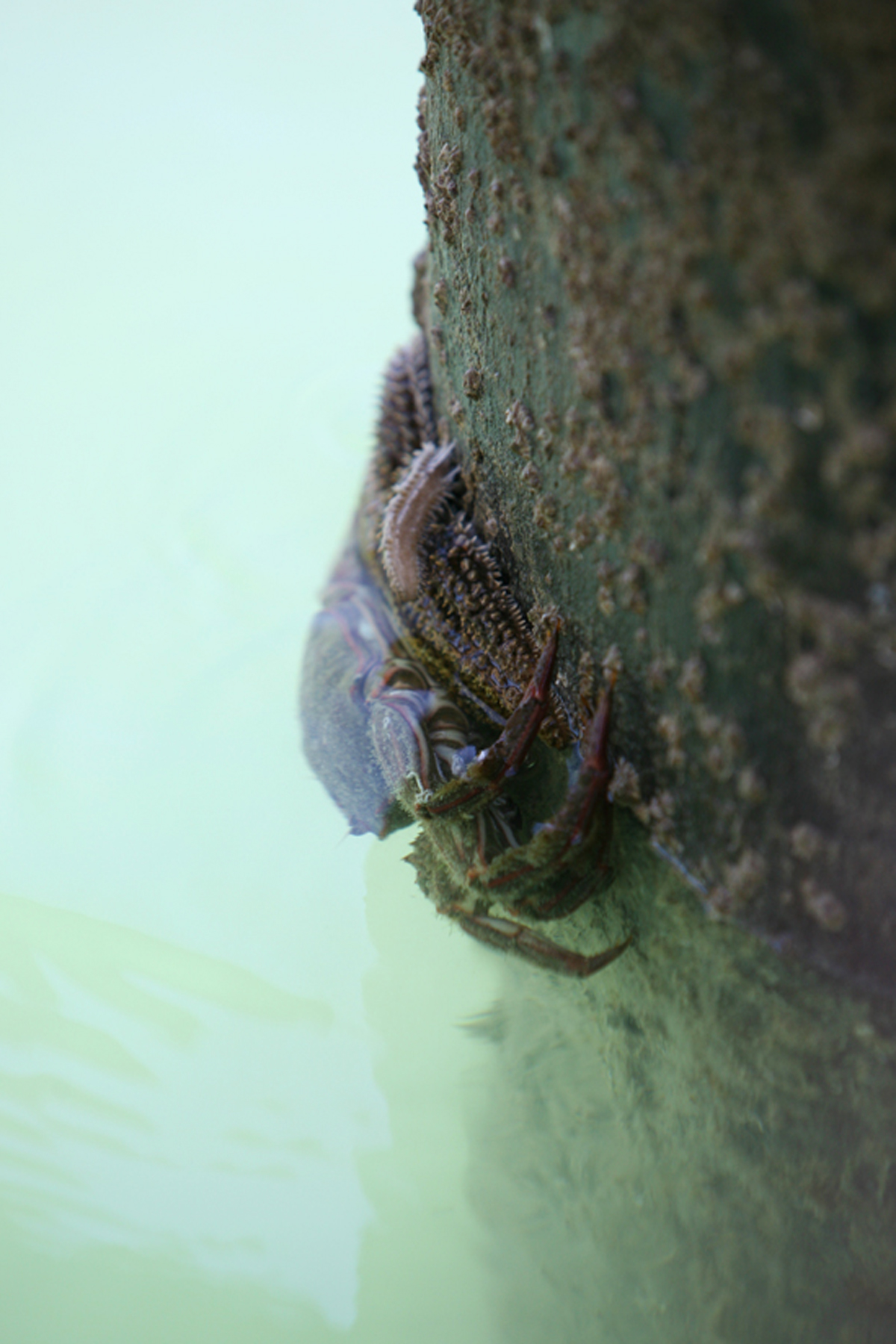
When my kids are with me I’m less philosophical, and more the explorer. In particular with my little boy, who is always fascinated by all the different things you can find at the beach.
One time we came across some Kina (sea urchin) and starfish sharing some water together and he seemed mesmerized by them.
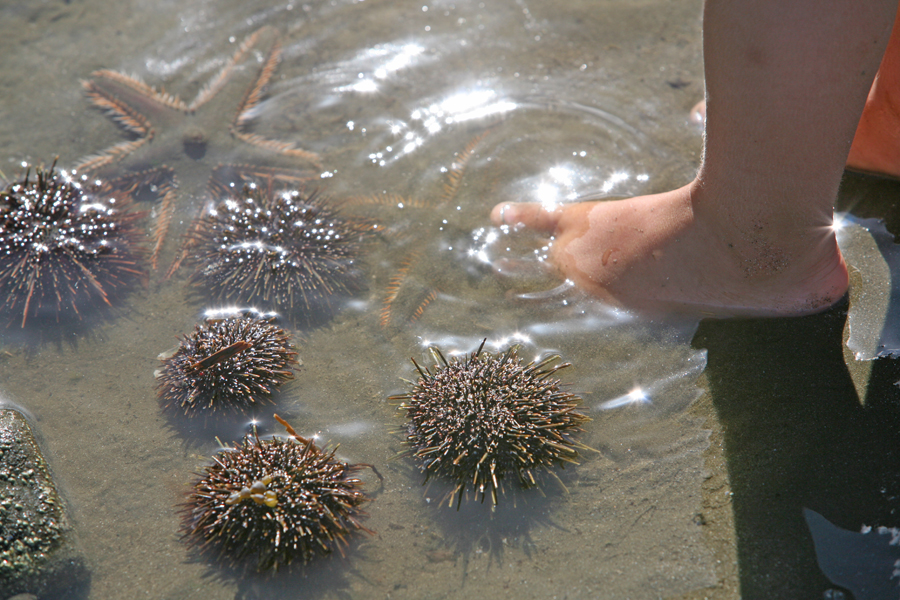
Of course I had seen quite a few Kina on my many beach trips, and in fact have even stood on a few of them when surfing a local surf spot that breaks over a shallow reef where they live.
But when I saw my boy’s face I realized that this was his first experience with them. And just like me, he had a few questions to ask. “What are they Dad?” “Why has it got prickles?” I love his curious nature. The way he approached them cautiously and the excitement on his face – it was really cool.
But when I told him that people actually eat them, the look on his face was priceless!
“How the hang do they eat this?”
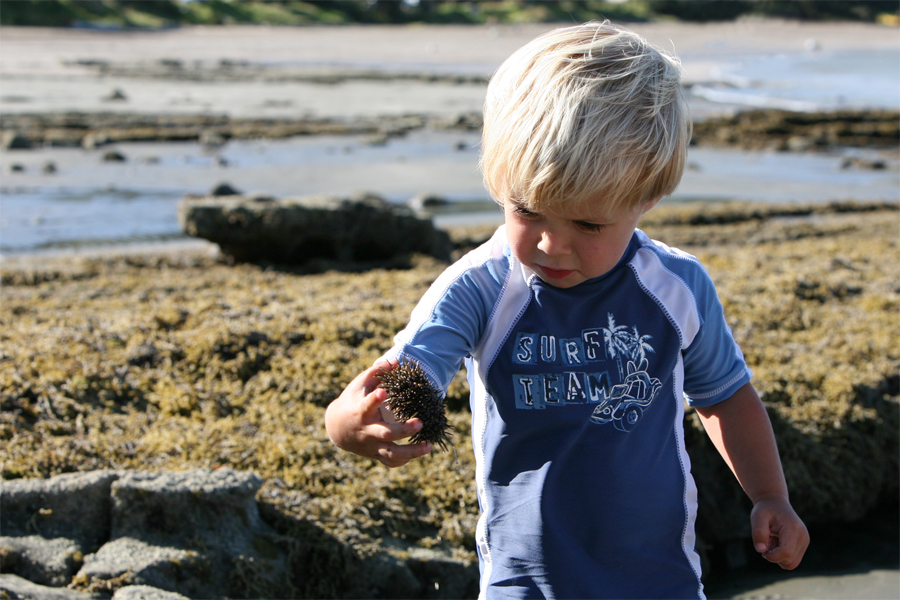
There are always things in nature that surprise us, things that we have never seen before. In fact, I came across something you might find interesting.
Officials at the Enoshima Aquarium in Fujisawa, Japan shot an incredible time-lapse video of a giant spider crab molting its whole exoskeleton.
Giant Spider Crab Sheds it’s Shell
Now that is a neat trick! How cool would it be to see that happening at the beach (as opposed to being in a bucket in Japan). Oh well, at least now when you see a crab shell on the beach, it doesn’t necessarily mean it got eaten!
The moral of the story? It’s what’s on the inside that counts – so take the time to look!
Happy exploring people. 😉
Greg
